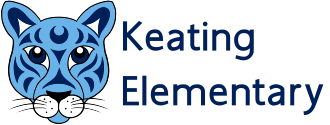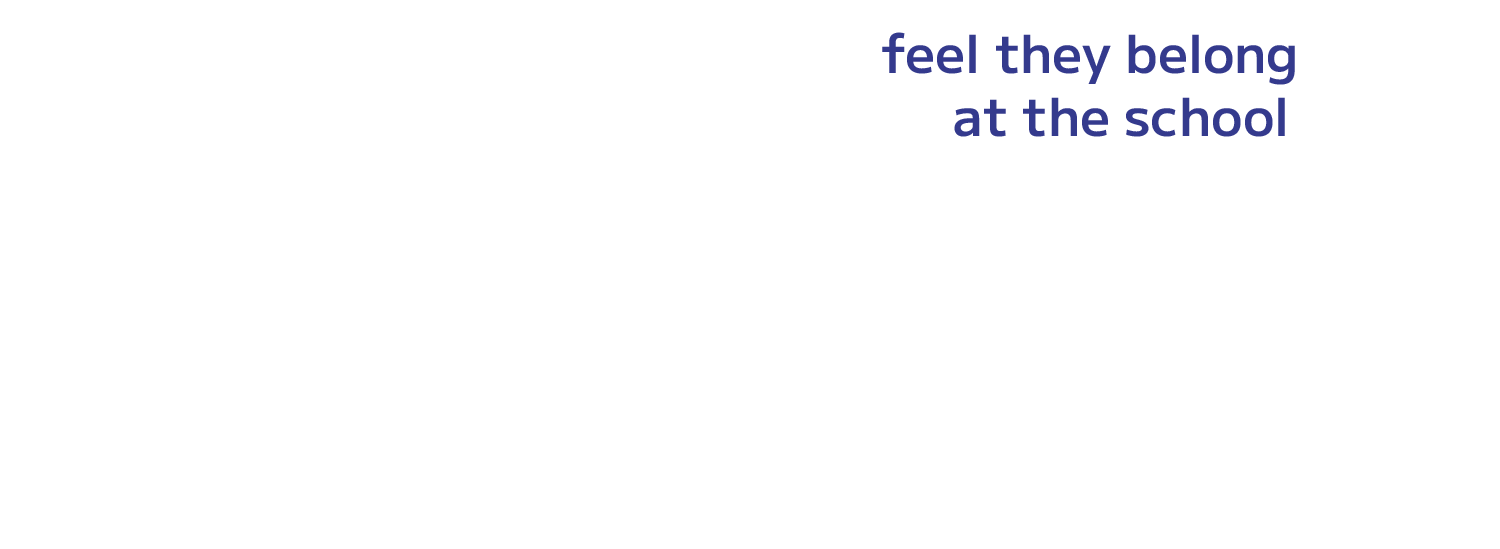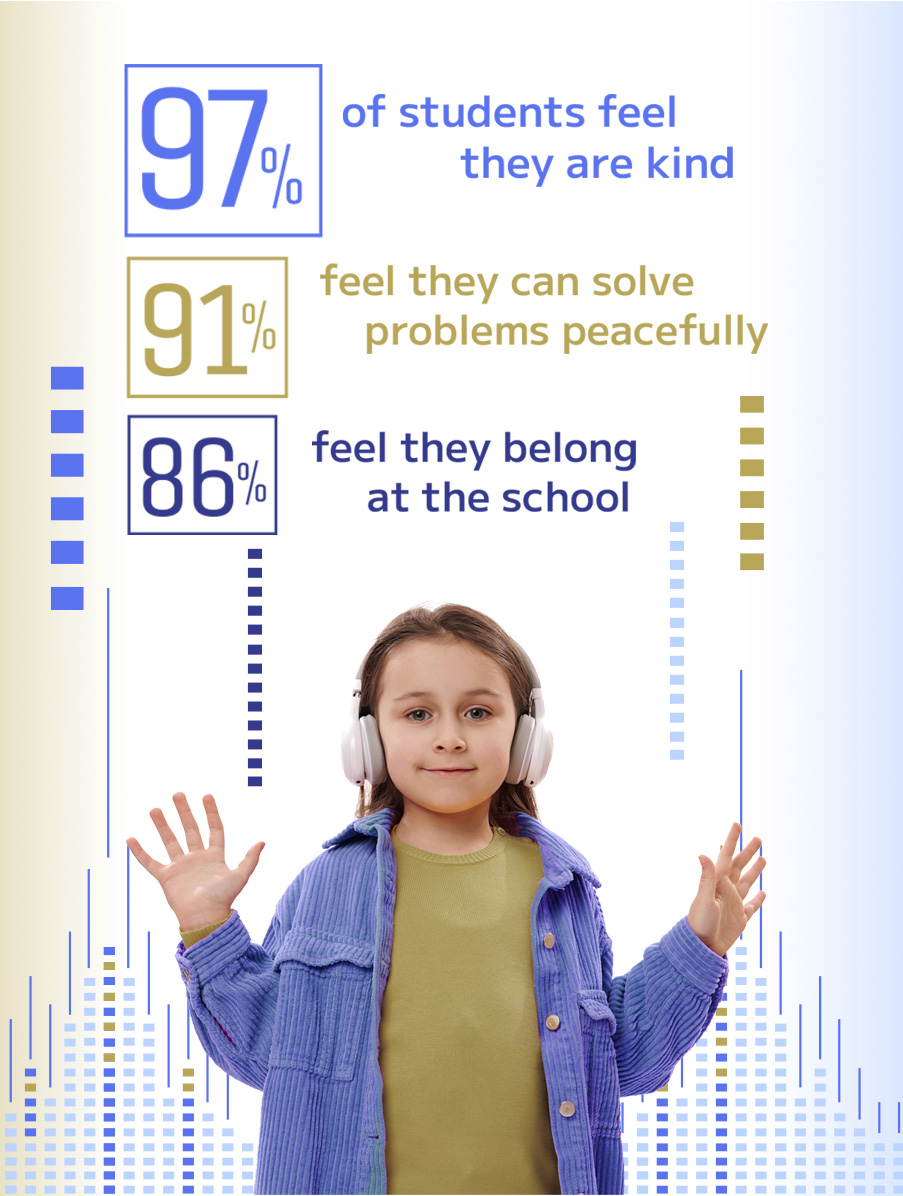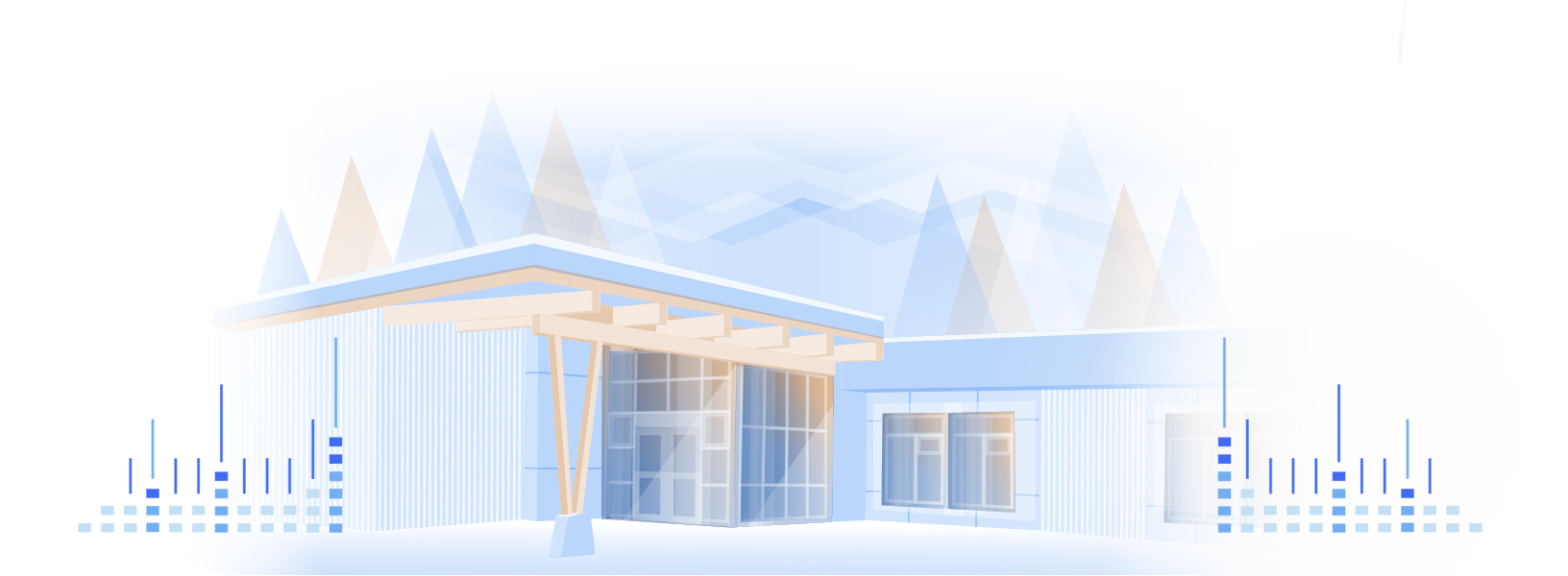School Goal Two
To improve student literacy across the curriculum for all students regardless of language program, with a particular focus on primary years, and foundational reading skills.
How can we improve foundational literacy and numeracy for all students? Which key practices are impactful across all grades?
Research affirms the importance of literacy and numeracy, particularly in the early years as key markers for success, engagement with learning tasks, and sense of self. From our work in literacy, fewer children are now entering intermediate grades as non-readers (i.e., with “emerging” proficiency on report card and/or District Literacy Assessment (DLA). In numeracy, however, we are seeing more students requiring basic math skills to access the working memory needed for more complex math tasks. As such, we aim to mirror our progress in literacy by adding numeracy to this goal for 2025/2026. Students who struggle with foundational math skills – such as numbers, patterns, and basic operations – often experience similar barriers to learning and self-esteem as those striving to read. Ensuring that we are supporting students with success strategies and tools will help us better support learners holistically.
This expanded goal aligns directly to our district strategic priorities. Additionally, our intended approaches are deeply connected to First Peoples Principles of Learning, specifically that:
- Learning is holistic, reflexive, reflective, experiential, and relational (focused on connectedness, reciprocal relationships, and a sense of place).
- Learning is embedded in memory, history, and story.
First Peoples Principles of Learning

The Literacy Goal needs to ensure that:
- Learning is holistic, reflexive, reflective, experiential, and relational (focused on connectedness, on reciprocal relationships, and a sense of place).
- Learning is embedded in memory, history, and story.
Over the course of the year, the following will be our direct areas of focus:
- Identify and support students with emerging and developing foundational literacy and math skills;
- Engage in professional development and workshops, as well as site-based, teacher-led professional book and podcast clubs on foundational literacy and numeracy topics;
- Connect Keating’s literacy team with other schools to compare/share strategies and results;
- Complete a comprehensive fall and spring school-wide write for all students (second annual);
- Provide teacher collaboration and lesson observation time related to growth in this goal;
- Continuing to offer and engage teachers in fall and spring classroom diversity planning sessions;
- Create a scope and sequence to guide effective teaching and align grade levels; and
- Initiate a K-5 math assessment, focused on foundational skills and real-world understanding.
In 2025/2026, we will track progress on our initiatives identified in this year’s plan:
We know our starting focus areas need to include strengthening early decoding, encoding, fluency and comprehension skills, and building a solid understanding of basic mathematical concepts such as number sense and operations. We recognize the importance of a broad data set to further our practice. For 2025/2026, using the combination of report card data, FSA results, learning summaries, screeners, and DLA results, we will track progress over time to gauge learner success outcomes, identify learning needs, and guide our practice as educators.
Learning Updates, FSA, the DLA, and Kindergarten literacy screeners, plus observational data will provide us with key learnings to guide next steps for the 2025-2026 school year and beyond.
- We will continue to refine our K-5 understanding of impactful practices in literacy and numeracy and find innovative ways to share and expand that learning school-wide.
- We will adopt reflective frameworks, such as Adrianne Gear’s “knew/new” model or Anna Stokke’s Foundation Up! in numeracy.








